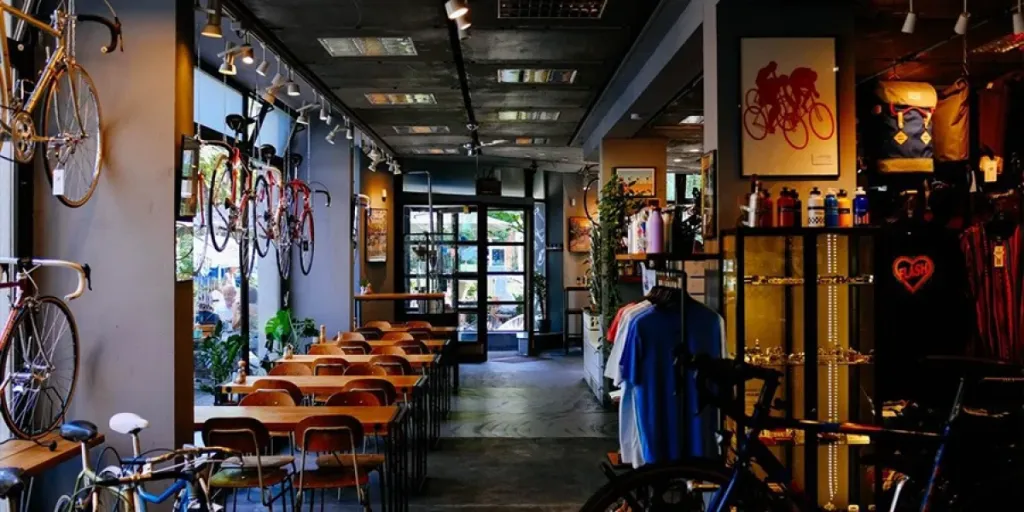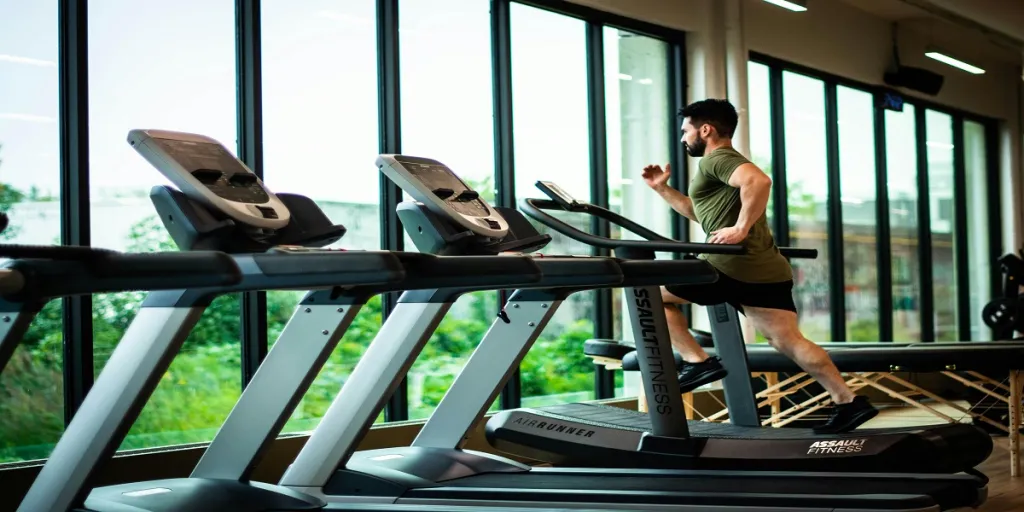Table of Contents
● Introduction
● Understanding the Main Types and Uses of Kids’ Balance Bikes
● A Snapshot of the 2025 Kids’ Balance Bike Market
● Key Considerations When Choosing the Right Balance Bike
● Leading Models and Features to Look For in 2025
● Conclusion
Introduction
Kids’ balance bikes are specially designed pedal-free bicycles that help young children develop essential skills for independent cycling. By allowing toddlers and preschoolers to focus on balancing without the distraction of pedals, these bikes enhance coordination, build confidence, and promote active play. Their lightweight frames and adjustable features make them ideal for children of various ages, offering a safe and effective way to transition toward traditional bikes. Popularity for these products continues to grow, as they provide a fun and practical tool for fostering physical development and early mobility in children.
Understanding the Main Types and Uses of Kids’ Balance Bikes
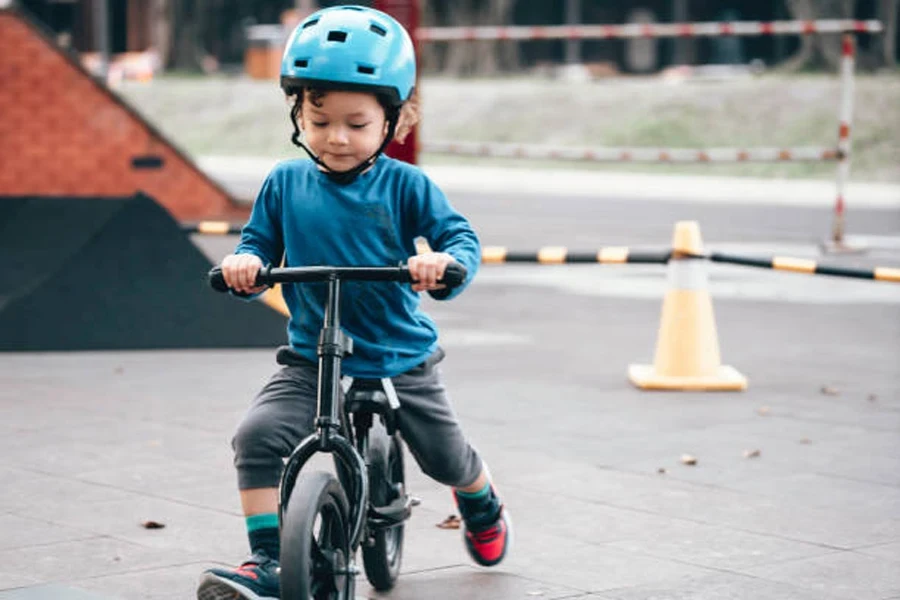
Core types based on age and size
Kids’ balance bikes cater to a wide range of ages and are designed with specific features to suit developmental stages. For toddlers, 10-inch wheel models are lightweight and easy to maneuver, providing the perfect starting point for early riders. Preschoolers often benefit from 12-inch wheel options, which offer better stability and comfort as their confidence grows. For older children, larger models with 14 to 20-inch wheels accommodate taller riders and ensure a smooth transition to pedal bikes.
Lightweight models are particularly favored for their ease of handling, making them ideal for younger children or those just beginning their riding journey. Convertible designs, which can transform from balance bikes to pedal bikes, are practical options that support long-term use, reducing the need for frequent upgrades as children grow.
Usage and benefits across age groups
Balance bikes provide significant advantages across different age groups. For toddlers aged 18 months and above, these bikes enhance gross motor skills, allowing them to learn to balance and steer while having fun. Preschool-aged riders benefit from improved coordination and confidence, essential skills that make transitioning to traditional bikes more seamless.
Beyond physical development, these bikes encourage outdoor activity and foster independence, as children learn to navigate varied terrains. Their design eliminates the need for stabilizers, promoting natural balancing techniques and enabling a faster and more intuitive progression to pedal bikes. With their diverse applications and developmental benefits, balance bikes are a versatile tool for children of all ages.
A Snapshot of the 2025 Kids’ Balance Bike Market
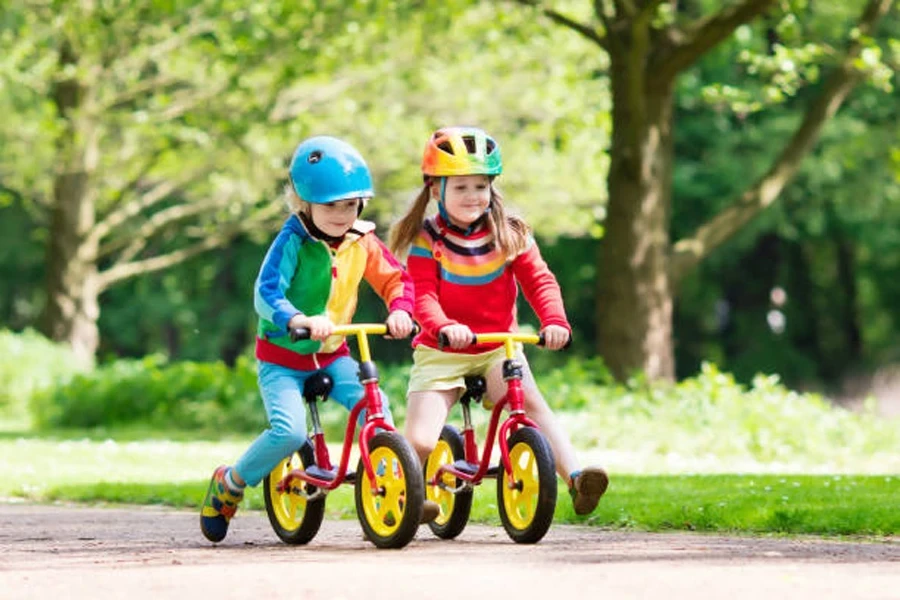
Market growth and demand trends
The global kids’ balance bike market is projected to reach an estimated value of USD 1.57 billion by 2031, growing at a compound annual growth rate (CAGR) of 6.8% from 2024, according to Coherent Market Insights. This growth is fueled by increasing awareness of early childhood development benefits and the rising popularity of sustainable parenting choices. North America is expected to lead market revenue due to a strong emphasis on outdoor activities and child-focused educational tools.
Consumer demand is shifting towards versatile balance bikes that can adapt to various terrains, such as park trails or urban settings. Additionally, lightweight materials like aluminum are becoming a standard feature, offering easier maneuverability and extended usability across different age groups. Ergonomic designs, including adjustable seat heights and handlebars, continue to draw attention for their ability to accommodate growing children.
Key innovations in the industry
The 2025 market is witnessing significant innovation in safety and comfort. Enhanced features like dual hand brakes and air-filled tires are gaining traction for ensuring smoother rides on uneven terrains. Manufacturers are increasingly adopting eco-friendly materials, aligning with growing environmental consciousness among parents.
Adaptive designs are also emerging, addressing the needs of children with unique developmental or physical requirements. These innovations not only broaden market appeal but also underline the role of balance bikes in inclusive childhood development strategies. Together, these advancements set the stage for a dynamic market trajectory in 2025.
Key Considerations When Choosing the Right Balance Bike
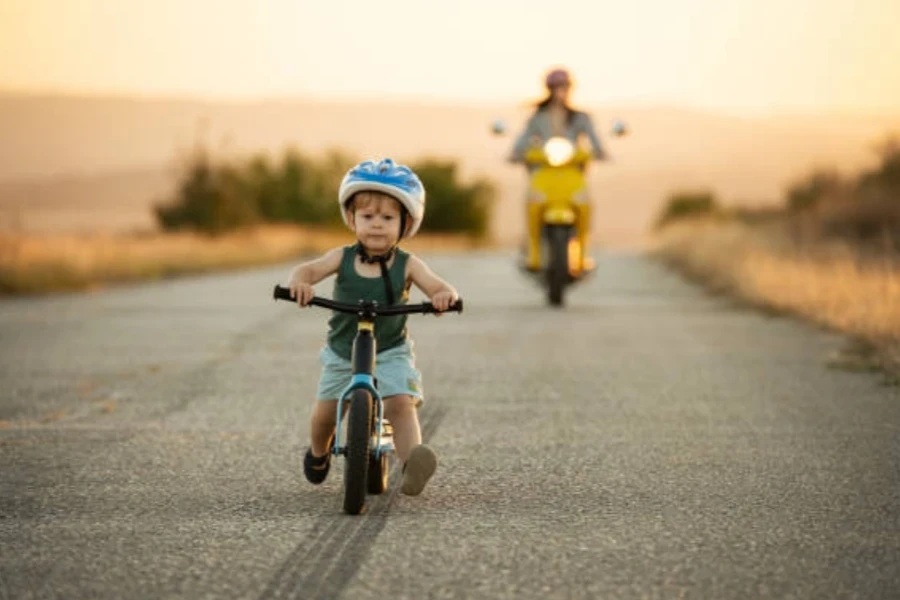
Age and size suitability
The most critical factor in selecting a balance bike is ensuring it matches the child’s age and size. A proper fit begins with measuring the child’s inseam and matching it with the bike’s seat height. Ideally, the seat height should be equal to or slightly below the inseam to allow the child’s feet to touch the ground comfortably. Models with adjustable seats and handlebars provide flexibility, accommodating a child’s growth and extending the bike’s usability.
For younger riders, smaller wheel sizes, such as 10 or 12 inches, are ideal as they prioritize stability and ease of control. Older children, on the other hand, benefit from larger wheels and longer frames, which offer better support and a smoother ride. Choosing the right size ensures that the child can confidently and safely use the bike, building their skills progressively.
Material and durability factors
The choice of materials plays a significant role in the bike’s performance and longevity. Aluminum frames are lightweight, making them easier for children to handle, especially younger riders. Steel frames, though heavier, offer superior durability and are often better suited for rougher terrains. While aluminum bikes are ideal for casual use, steel frames are a practical choice for parents prioritizing long-term investment.
Tire options also influence the bike’s usability. Air-filled tires provide better cushioning and traction, particularly for outdoor surfaces like gravel and dirt. Foam tires, on the other hand, require no maintenance and are puncture-proof, making them suitable for urban environments or indoor use. Understanding the trade-offs between weight, durability, and tire type can guide a more informed selection.
Safety and comfort features
Safety and comfort are paramount considerations when choosing a balance bike. Features like hand brakes provide an extra layer of control, particularly for older or more adventurous children who may reach higher speeds. Turning limiters prevent handlebars from over-rotating, reducing the risk of falls. These additions make the learning experience safer and more enjoyable.
Wide handlebars and longer wheelbases enhance stability, which is essential for younger riders who are still mastering their balance. Padded seats and adjustable components further improve comfort, allowing children to use the bike for longer periods without fatigue. Selecting a bike with these features ensures a safe and engaging experience, supporting skill development and confidence building.
Leading Models and Features to Look for in 2025
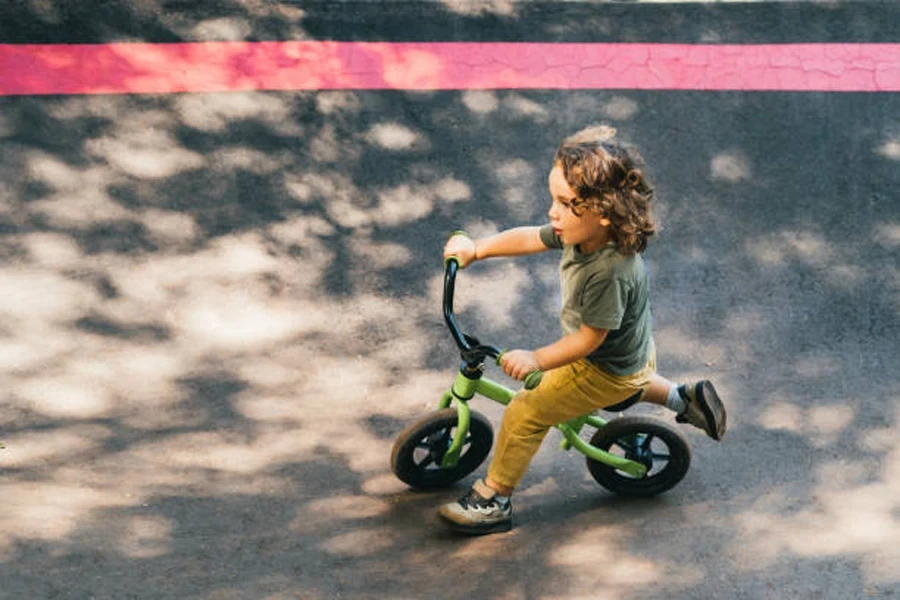
Top features in demand
Balance bikes in 2025 are prioritizing lightweight designs, offering greater ease of control for young riders. Materials like aluminum and advanced composites dominate, reducing weight while maintaining durability. Adjustable components, including seats and handlebars, ensure prolonged usability as children grow. Puncture-resistant tires, such as foam or reinforced air-filled designs, are in high demand for minimizing maintenance and increasing versatility across different terrains.
Safety features are evolving as a critical selling point. Dual hand brakes provide improved stopping power for older or more adventurous riders, while turning limiters enhance stability for beginners. Advanced suspension systems are becoming increasingly common, offering smoother rides on uneven surfaces and trails. These features collectively contribute to a safer and more comfortable riding experience.
Standout models for each age group
For toddlers aged 18 months and above, lightweight models with 10-inch wheels are most suitable, offering simplicity and enhanced stability. Preschoolers often benefit from 12-inch wheels paired with ergonomic frames designed to promote confidence in handling. Older children, requiring more robust options, often turn to 14-inch or larger models that feature adjustable components and support for varied terrains.
Convertible balance bikes are gaining popularity due to their ability to transition into pedal bikes. These dual-purpose designs eliminate the need for multiple purchases and simplify the learning curve for young riders. Traditional balance bikes, however, remain favored for their simplicity and specialization in teaching balance and coordination. By offering a range of features tailored to specific age groups, balance bikes in 2025 cater to diverse developmental needs and riding preferences.
Conclusion
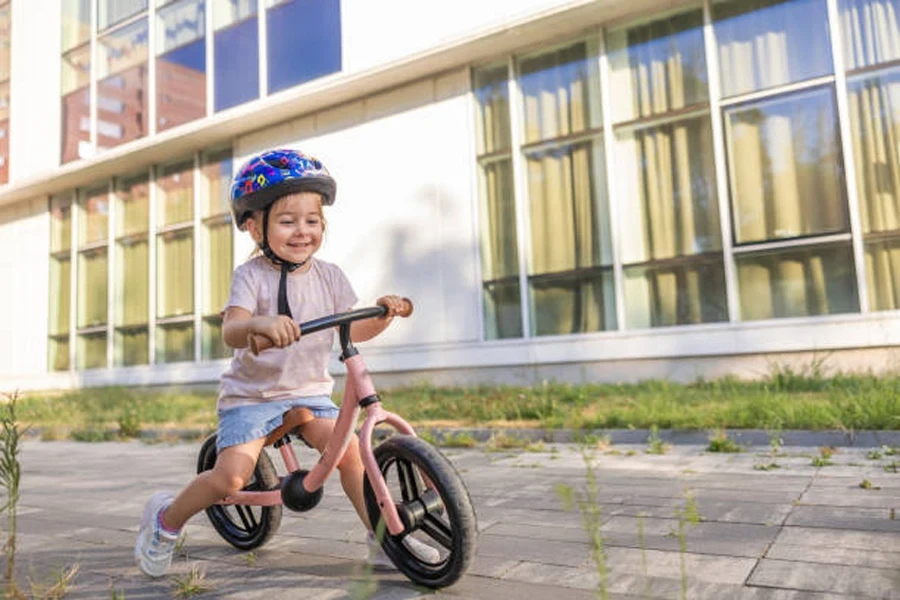
Selecting the right balance bike is essential for ensuring a child’s safety, comfort, and developmental growth. By focusing on factors like age-appropriate sizing, durable materials, and advanced safety features, decision-makers can identify models that provide the best value and long-term use. Thoughtful investment in high-quality options not only supports children’s confidence and coordination but also ensures they enjoy their cycling journey. With innovative designs and tailored features, balance bikes continue to be a vital tool for fostering early skills and encouraging active lifestyles.

